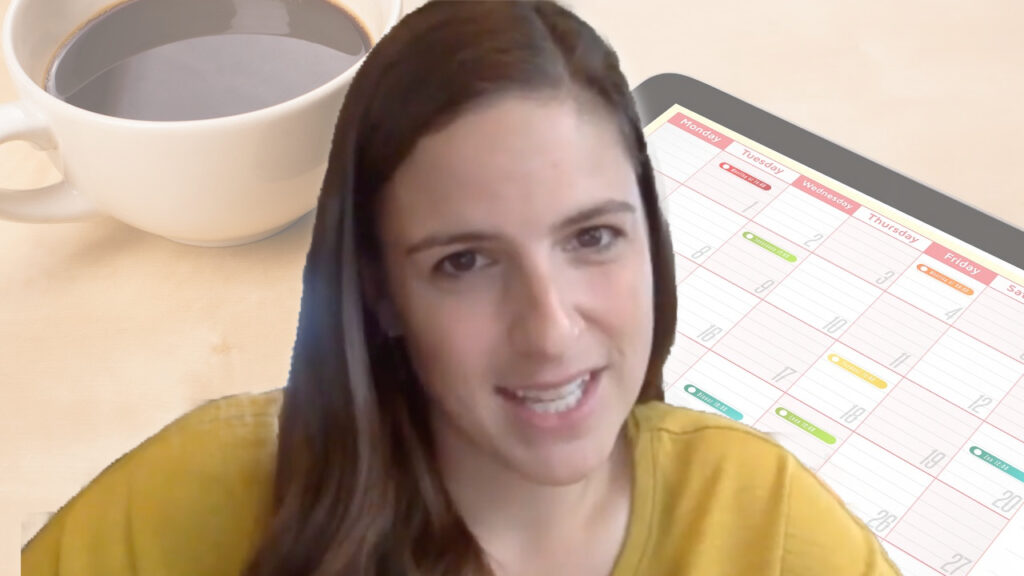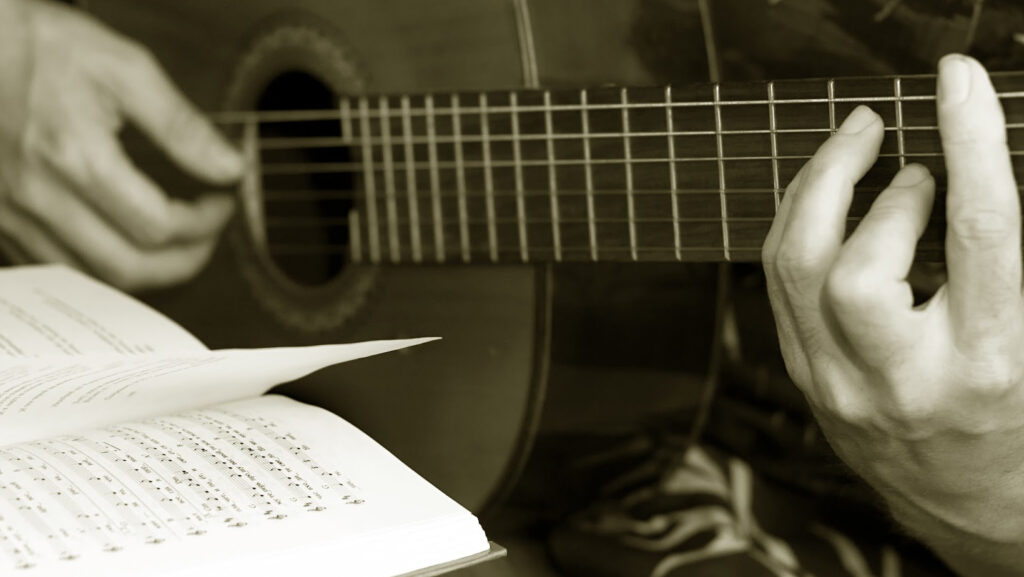So much has to be done in a homeschool day and the homeschool management struggle is real. How do you keep track of the daily work in your homeschool and manage to juggle the work?
If you have multiple children and multiple subjects to teach (and that’s pretty much all of us) then we have a lot to keep track of and a lot to make happen. So, I thought that we’d talk about different methods and strategies for keeping track of all that stuff. So, how do you keep things straight in an average homeschool day?
Virginia Lee: Well, I think my biggest battle in that is, honestly, just myself. I have a lot I want to get done in a day and a certain way I’d like it to happen by a certain time, and so, I really have to spend a lot of time just thinking about what are the underlying principles for my day and for these people that God’s gifted me with before I think about how to manage everything.
Mystie: Yeah. Homeschool management is tough.
Virginia Lee: So, I just spend a lot of time reminding myself that my children are born persons, being Charlotte Mason homeschoolers that is one of the key philosophies of Charlotte Mason and principles for our home, and so just whatever method I employ I have to remind myself am I respecting that fact that my children are born persons? It’s not about getting X number of things done by a certain time.
Mystie: Right.
Homeschool management starts with self-management
Virginia Lee: And that just keeps me from steamrolling over everybody. Whatever you use to keep track of your daily stuff and make sure your daily things are going to happen we have to know what is our reason, what is our goal for doing all of this? We want our children to learn to care rightly about things, to serve their family, to be good stewards of their time, and to have a joyful personality through it all, so I think even when we’re thinking about what we’re going to use we have to be really aware of how am I modeling this.
Am I poking and prodding them through the day or rewarding them because they want marks and prizes, or am I allowing natural consequences of the good and the bad? So, I guess that’s my biggest thing. I feel like there are a lot of different ways to manage how you’re going to juggle everything in a day for yourself and your kiddos but the most important part is to really think about what is my vision, what is my goal here, who are these eternal souls in my home, and what I choose to use, is it respecting that?
Mystie: And even how I’m implementing homeschool management ideas.
Virginia Lee: Oh yes. See, here, I’m thinking about ‘OK, how am I going to organize this?’
Mystie: If you don’t know why you’re doing each of those things on the check list then you really don’t know how to prioritize. So, you really have to start from that why: why are you doing each thing? Why are the things prioritized the way that they are? And, why are keeping you track? Why are you managing the way that you’re managing? When you know those things I think it allows you to be flexible.
Virginia Lee: Especially when you’re not having an average day because, I mean, let’s face it—that’s probably not the norm. Average is to not have an average day when you have multiple different ages and people. So, I feel like I can say this is what we do in our house but sometimes I worry about that because then I think that people think, ‘Oh well, let me see your checklist. Let me see what timers or if you’re using something like that. Those things are helpful to see of other people’s …
Mystie: But that’s not really the best place to start. You can’t just adopt someone else’s strategies and methods and the way that they’re doing it, the little things that they’re doing and get the same results, because it’s really those underlying homeschool management principles and the why.
Virginia Lee: And the remembering who our children are. So, I think a big thing in my home, and I’m sure it’s the same in yours, is having a good daily flow. And, I have to have mine written down so that I don’t go off on some type of rabbit trail. So, that’s one of the ways we manage our day is I know what my daily flow actually is, I’ve tested this daily flow out, I have it written down, other people in my home than just myself know what the daily flow is supposed to look like.
Mystie: Right. I think that was huge for me when I moved that, first this, then this, then this… this happens after this. When I move that from my list only to the family whiteboard (once I had readers) that helped tremendously. And, part of it was even just accountability for me because I could see it on my list and then I’m only accountable to me and I’m sitting there negotiating with myself on whether or not we’re going to do that. When it’s on the board and other people are seeing, even if it’s just the kids, then the kids know mom’s just actually winging it, which is usually not good.
Virginia Lee: Well, and then we can’t reason in our own heads about how it’s OK to actually not follow this homeschool daily flow and do this other thing instead because I can really do that with myself. That’s not homeschool management, really.
Mystie: And, it’s very obvious when I’m letting myself reason myself out of what I should be doing, and then getting mad at them if they try to do the same thing.
Virginia Lee: They don’t let you be a hypocrite, do they? Children are really great for not letting you be a hypocrite. Yes. So, that is a big thing, I think, just for peace in our whole home is having a daily flow that everybody’s aware of. And then, a big thing for me, this year, has been – well, we always make our daily flow around certain anchors in our day, but with the more kids that I get in school plus still having babies and toddlers – a big thing for me this year for me because I am juggling so many balls and my mind is in so many different places is just having some alarms set in my phone to remind myself of those anchors. So, I don’t mean that I’m timing myself but more “Morning Time Alarm” in my phone so I can remember and I don’t let time get away from me. That’s really important in my homeschool day.
Mystie: It’s so easy for that to happen. I think one of the ways I’ve been using alarms more this year, also, (thanks to Dawn Garrett) three days a week we’re doing something with other people. That has become an anchor in our school day because people are showing up at our house at a certain time. It’s like, if these people are showing up at this time I’ve got to be ready. And if Morning Time’s going to happen, it’s got to happen by this time. So, it kind of shifted where it was easy for me to talk myself out even of those alarms if I had them, so I stopped using them for a while because I tried it and I just stopped listening to the alarms.
Virginia Lee: Oh yeah, just kept pushing and turning them off.
Mystie: Yeah, “Oh look, I was supposed to start Morning Time but I’m not ready so I’m going to turn it off. And we’ll do it in 15 minutes” … but then we don’t. That’s not a great way to start the homeschool day.
Having a reason why we have to get started at that time and other people, accountability of some kind with other people…
Virginia Lee: It makes a big difference.
Mystie: It does, because now it’s not just I’m making this up and so if I just made it up I can say, “Well, we don’t have to do it that way today,” because I’m just going to make it up today.
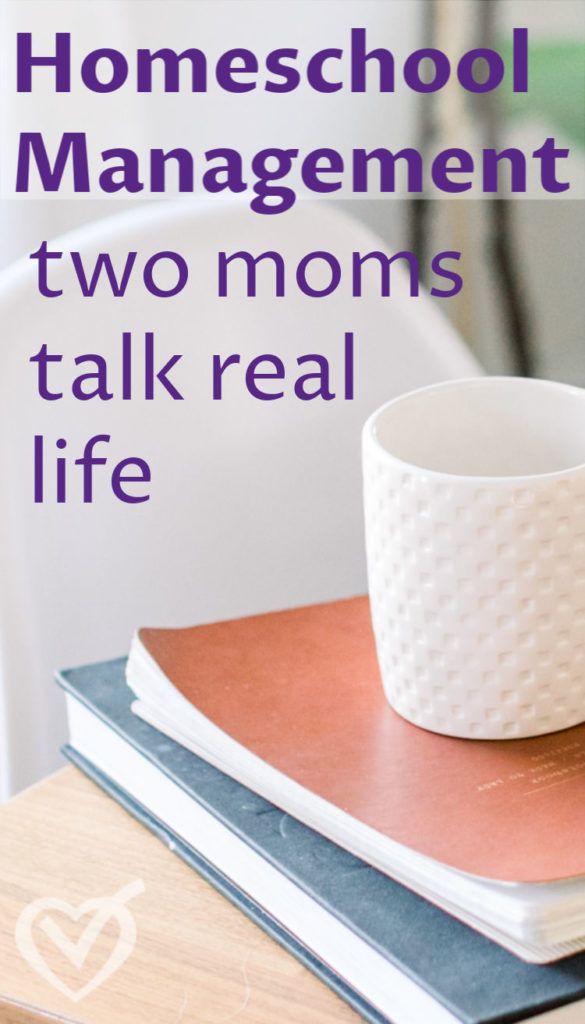
Accountability in managing homeschool work
Virginia Lee: I think, especially, when you have older kids in the mix, having that accountability of doing stuff with other people at least helps me. I have a nature group that I lead on Wednesdays and I purposely started one because I was letting nature study fall through the cracks and I thought my older kids only have a certain time left with me, I can’t let things fall through the cracks and think OK well, we’ll just get on this next year. It’s different when all your kids are under 9. Once you start having adolescents and you have a high school student already, I don’t even have that yet, but I just thought, no, I’m going to need some people to keep me accountable so I started that nature group and now, even everything else in the week, like you were saying, in order to make that nature group happen I must get these other things done.
Mystie: It’s just kind of a mindset shift that’s helpful when there are other people involved. It’s key to managing a homeschool day.
Virginia Lee: Well, even just in house routines. There are people coming over here and you know, it needs to look a certain way.
Mystie: If we didn’t have a nature study group we would not be doing nature studies, so I was like yes! If you want to do a nature study group, we’ll come. If you put it on my calendar it will happen.
Virginia Lee: And, I think not just for us but that works for the kids, too. They know their friends are coming, they know that there’s going to be a time in our nature study group where everyone shares their nature journals, and they don’t want to be the only kids that don’t have anything to share. So, it’s great accountability for them as well, even more than just mom.
Mystie: Yes.
Virginia Lee: So, it’s good to have that. And, then of course, I have my own checklist and my kids who can read all have a checklist for themselves. That’s another way that we juggle throughout our day what needs to be done, especially I have some kids that are just a little bit better than others about ordering their own time, and so those checklists are really great for them to feel OK, I have the freedom to know this is what needs to be done in the day and I can order my time in this way. And, for the kids who can’t order their time at all, I can tailor their checklist to be more of “now you’re going to do this, and now you’re going to do this” so they can learn how to do that. We had half of a term this year where we were using checklists one way and that was a major fail, just a complete bomb, and then I was so discouraged from the fail that I just didn’t fix it. I just took checklists away for the rest of the term. That doesn’t work. And, I know better but I just let my discouragement and my stubbornness from wanting something to work that didn’t, get in the way. It just came to show me again how important those checklists are to keep your day running.
Mystie: Yes. And there are different ways to do it so I think you have to know as the mom what each child should be doing, but they have to know, too, because if you just have one student and they’re coming to you, what should I do next? You can handle that, but once you have three, four people, at different intervals, they have to come to you to find out what’s next, and some of them probably aren’t coming to you.
Virginia Lee: For sure! They’ve gone off and they’re drying or they’re jumping on the trampoline because … Well, and I think that the checklist also, the great thing about that is it keeps you, you can organize them where your older independent learners can be busy doing something when you’re working with your younger kids and it keeps interruptions from happening where they shouldn’t happen, it keeps people knowing this is how much I have left in my day. I mean, it really fell apart when we weren’t using checklists and we were getting certain things done very well because we’ve just been doing this long enough but then there were so many other things that weren’t getting done at all, because, even just having what people are supposed to read next, written write there, you don’t have the decision fatigue. And, so it was a silly thing to have done but it was another good reminder of even if you’ve been doing this for a really long term you need it written down somewhere.
Homeschool management with checklists
Mystie: And, even we had one checklist method that was working for us for a while and it started becoming clear that he wasn’t necessarily the best way, but it’s been working for a year, so how could it not work?
Virginia Lee: Not work any more.
Mystie: I don’t want to re-do and come up with a new checklist way, but we did, and it’s been better. So, I think just persevere. Just because checklists one way haven’t worked doesn’t mean there isn’t another way to do it that will work.
Virginia Lee: And, I think the thing to also remember is because a checklist works for you as mom doesn’t mean that will work for your children. So, I keep the checklist a certain way for myself that works really well but my kids need something different and that’s OK because they’re kids, they’re not adults, so it’s not a one size fits all either. I’m not saying you have to gear everything for every single personality in your home necessarily, but it takes some tweaking and some trying out and you probably have to re-do that every single year. I don’t think it’s something we can just check off our checklist, oh boom! checklists are done for our family for all time.
Mystie: This is the way we will always do it.
Virginia Lee: Which is what I would really love to be able to do.
Mystie: I know.
Virginia Lee: But…
Mystie: It does not work.
Virginia Lee: Plus it keeps you, as mom, from being a nag, from being the person who says, “Have you done this? Have we done this?” You can just say, “What does your checklist say?” and now they’ve got to go figure out. You’re not just poking and prodding them constantly into doing what they’re supposed to do, because no one wants a nag for a mother. But yes, I don’t know, Mystie, in your house what age kids are when you feel like they just know this is how my checklist works and this is what the daily flow looks like, but I feel like we didn’t see that until with my oldest when he was 10.
Mystie: Yeah.
Virginia Lee: I felt like that 10 year old year, I thought, oh. I mean, I still had to check everything …
Mystie: Oh yeah.
Virginia Lee: … because he’s human.
Mystie: I have to check it for a 14 year old.
Virginia Lee: But I didn’t have to tell him anymore, “What does your checklist say? What does your checklist say?” He just looked at it and used it.
Mystie: I think that 10 is pretty good. By 10 they should (if it’s been a few years of training) then by about 10 they are probably just looking at their checklist.
Virginia Lee: Which is so nice because then you see that fruit that’s being borne but I think it’s just a good reminder to ourselves that it does take quite a bit of time. That was an eye opener for me, was that it wasn’t just one year of teaching them this, it did take longer than that.
Mystie: And, even so, no matter what their age, you do have to be making sure they’re doing it.
Virginia Lee: And, I think the good thing to remember with that is we’re the same way. I have a checklist and there are times when I don’t use it. I know what my checklist says because I wrote it. And, I can still make the decision not to use it, and so, I think if as adults we can do that then how much more can our children.
Mystie: Yeah. And well, I think that’s the right mentality when approaching it, because we are people, and they are people, so this is just the way of life. And so, instead of seeing it now the checklist must be broken or my child must be broken, yeah, they is, he is, you are, we all are. We all are broken. We just have to repent.
Virginia Lee: Yeah.
Mystie: We just have to repent.
Virginia Lee: Move forward. And, I think the one last thing I would say about checklists is to remember that they’re tools to help you get to a certain point. It’s not the goal. The checklist completed is not the goal. The daily flow perfectly executed is not the goal. They’re tools to help you reach the goal and you definitely need tools but to always be remembering in our minds it’s the people that God’s entrusted us with and our own sanctification that’s most important and these tools for homeschool management are great…
Mystie: So true.
Virginia Lee: … everyone’s tools will look a little bit different.
Mystie: I think that’s the perfect thought to end on right there. So, thank you. This has been great.
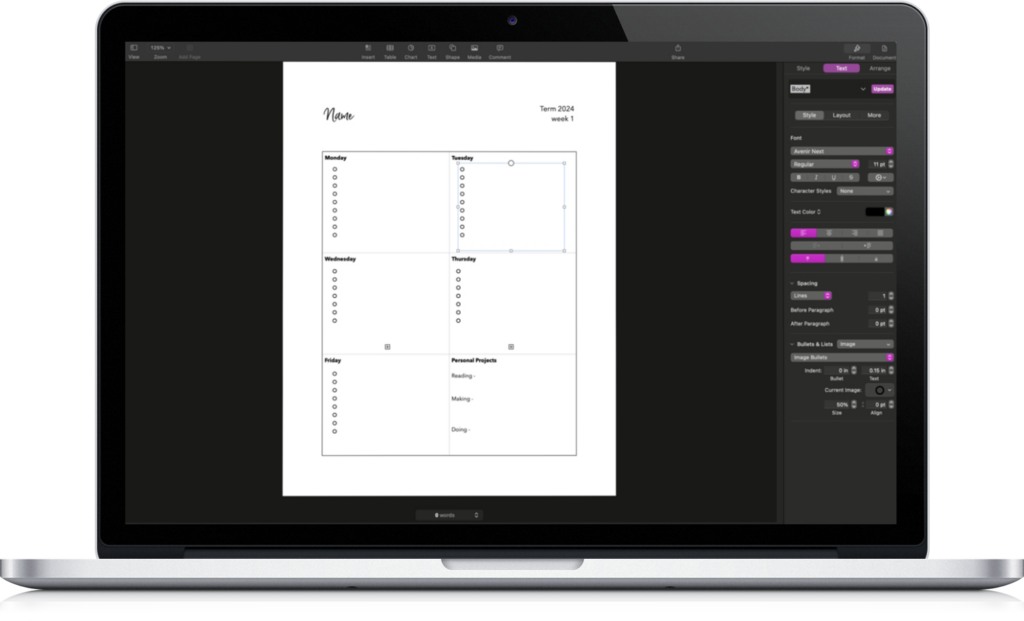
Get 5 of my favorite homeschool checklist templates!
Jumpstart your homeschool checklist practice by starting with one of my proven formats. Open, edit, and make them your own! Plus, get tips and followup, too –
